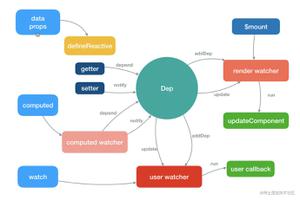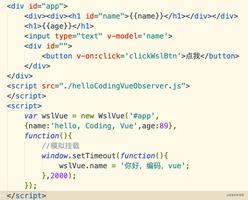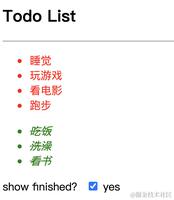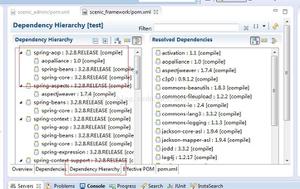vue.js 源代码学习笔记 ----- core array.js
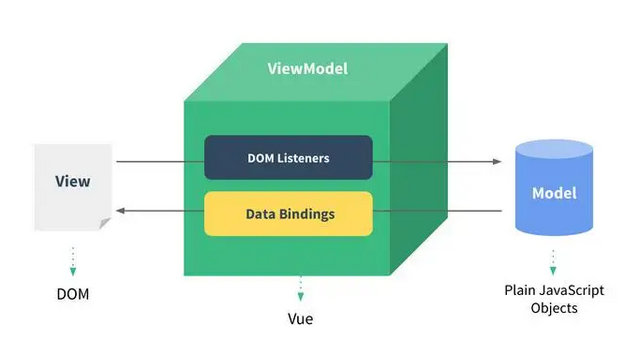
/** not type checking this file because flow doesn't play well with
* dynamically accessing methods on Array prototype
*/
import { def } from '../util/index'
const arrayProto = Array.prototype
// Object.create 如果传入的是数组, 那么这个数组会被封装成一个对象,这个对象作为目标对象的__proto__属性缓存起来
// arrayMethods变成一个新对象, 通过 arrayMethods.__proto__.concat可以访问到原来的数组方法
// 这样就为 Object.definedProperty创造了条件export const arrayMethods = Object.create(arrayProto)
/**
* Intercept mutating methods and emit events
这几个操作都会改变数组本身, 像slice不会改变数组本身, 这里没列出*/
;[
'push',
'pop',
'shift',
'unshift',
'splice',
'sort',
'reverse'
]
.forEach(function (method) {
// cache original method 获得数组的原型方法, 并缓存
const original = arrayProto[method]
// arrayMethods 已经是一个对象, 带有__proto__属性, 下有各种原生数组方法def(arrayMethods, method, function mutator () {
// avoid leaking arguments:
// http://jsperf.com/closure-with-arguments
let i = arguments.length
//作者看上去不喜欢用 [].slice.call , 具体没明白, 好像是slice获取arguments在有的浏览器会有参数泄露问题.const args = new Array(i)
while (i--) {args[i] = arguments[i]
}
//先执行原生的方法, 这里的this 就是指向 arrayMethods
const result = original.apply(this, args)const ob = this.__ob__
let inserted
switch (method) {
case 'push':
inserted = args
break
case 'unshift':
inserted = args
break
case 'splice':
//因为 siplce (0,2,a,b) 这里是要取得新插入的数组值 a binserted = args.slice(2)
break
}
//如果有新增的值, 监听一下if (inserted) ob.observeArray(inserted)
// notify change 通知改变
ob.dep.notify()
return result
})
})
以上是 vue.js 源代码学习笔记 ----- core array.js 的全部内容, 来源链接: utcz.com/z/377024.html

